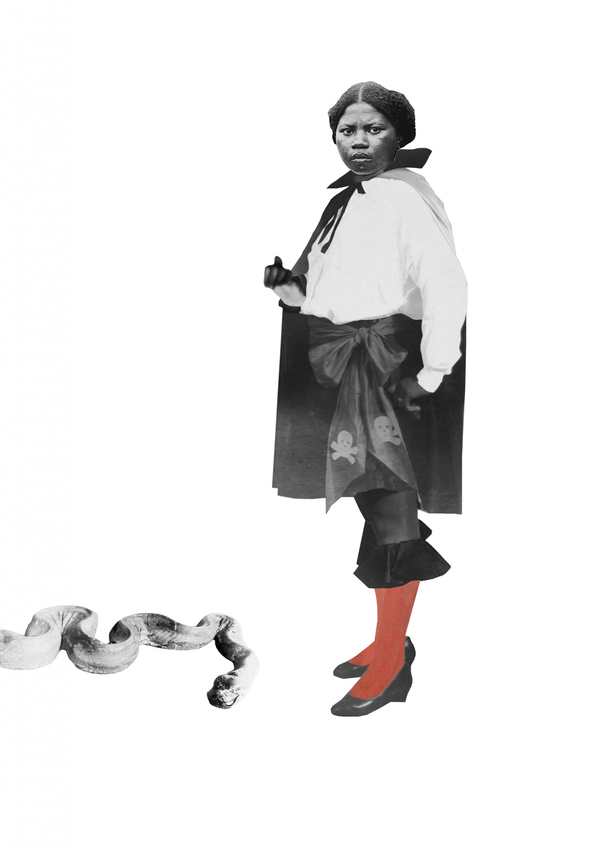
Frida Orupabo Woman with book / Woman with snake
Collage-based murals that confront and dismantle historically destructive forces against Black women...
Curated exhibitions and public art presented in partnership with institutions across the GTA

Collage-based murals that confront and dismantle historically destructive forces against Black women...

Collapsing sensations of belonging and uprootedness through layers of landscapes from near...

An international perspective on documentary practices during a period of profound change...

Three generations of African American artists consider how photographs continue to shape...

Portraits that forge connections to a Kenyan community and their everyday experiences...

An interactive playscape brings archival images of an iconic fairground into a...

A declaration of love from Jeff Bierk to his collaborator, Jimmy James...

Appropriating large-scale structures normally used for advertising to challenge preconceptions of beauty...

A billboard project and exhibition focus on the transitory and ephemeral aspects...

Disorienting landscapes that reflect collective anxieties about climate change and environmental challenges...

A critical examination of the prejudices and misconceptions that perpetuate sexual violence...

Addressing environmental waste through photographs of elaborate sculptures constructed from discarded plastic...

Reimagining a colonial military site as a place of peaceful inclusivity...

A collaborative project that aims to disrupt the structural silence of Black...

LGBTQ+ artists foreground the longings and contradictions of their queer realities...

Deepening community ties through a participatory approach to group photography...

Investigating the body, the socio-political, and the spiritual within realms of Indigenous...

Revisiting obsolete slide collections to expose their problematic methods of representation...

A fully automated portrait studio captures COVID social bubbles for posterity...

Exploring key tensions in Black male culture across space and time...

Investigating the way people exercise power through the construction, manipulation, and occupation...

Documenting the unconventional places where newcomers gather to build spiritual, social, and...

Generating a new sublime from interventions into the archives of Canadian landscape...

Addressing the problematic histories of film archives left behind by two abandoned...

Images of an endangered tropical paradise expose the consequences of indifference and...

Interrogating perceptions of cultural identity, indigeneity, and the notion of the nation-state...


Large-scale images highlight the embedded complexities of everyday plant life ...

Documenting the fluctuating landscape of an extensive revitalization project...

Black diaspora artists respond to this moment of extraordinary cultural, social, political,...

The inaugural winner of a new annual prize explores the transformative power...

Six award-winning emerging photographers convey a broad range of social and personal...

Experiencing the everyday challenges faced by military personnel in the Arctic...


Restoring Indigenous presence to a historical paper mill...

Two video works draw from intimate familial connections to consider complex social...



Activating a populous urban centre with Indigenous signs of protest ...